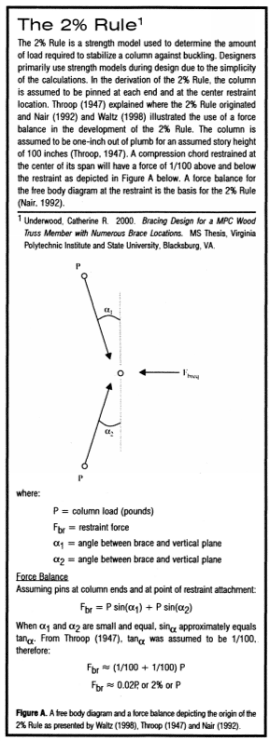Serhiy2
Civil/Environmental
- Nov 10, 2018
- 45
Good day,
I'm looking to check the capacity of continuous top flange bracing of LVL beam and remember the rule where you take 5% of the force in compression flange and by dividing it by beam length you get the necessary lateral bracing force. The problem is that I can't remember where I've seen it. Would appreciate if someone points me in the correct location.
Apologize if this topic was already discusses - I searched the forum and had no luck finding it.
Thanks
I'm looking to check the capacity of continuous top flange bracing of LVL beam and remember the rule where you take 5% of the force in compression flange and by dividing it by beam length you get the necessary lateral bracing force. The problem is that I can't remember where I've seen it. Would appreciate if someone points me in the correct location.
Apologize if this topic was already discusses - I searched the forum and had no luck finding it.
Thanks

![[idea] [idea] [idea]](/data/assets/smilies/idea.gif)
